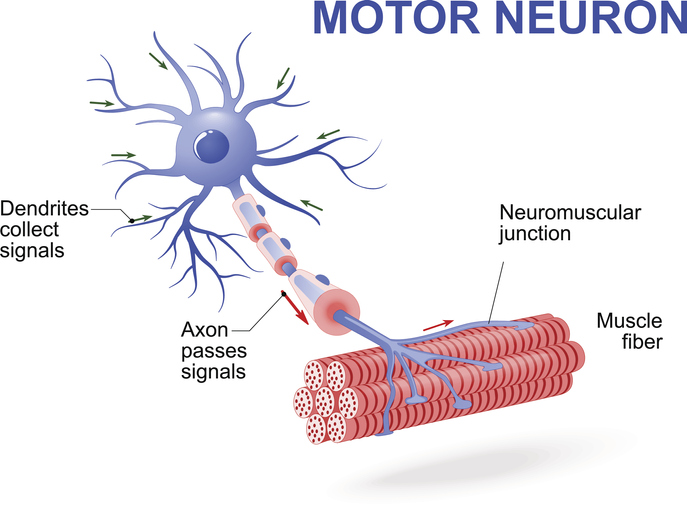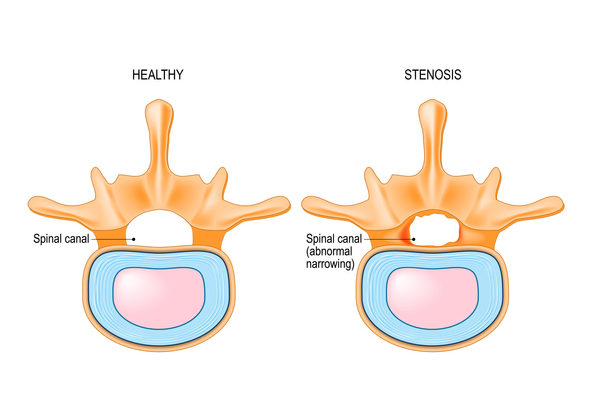
You may have experienced at least once, leg cramps at night or after exercising. This is especially so in elderly people where they might be bothered by leg cramps almost every day. Sufferers rarely visit a doctor for leg cramps during their first visit. However, I often see a patient once in a couple of days who initially consulted me for other symptoms and ended up revealing their concerns about leg cramps.
Leg cramps are triggered by various causes. Some may have serious underlying diseases. Do not hesitate to visit and consult your general practitioner when you are worried about your symptoms.
Even though medical examinations may prove that it is not a serious condition, leg cramps are uncomfortable but can be easily improved when a doctor gives a correct diagnosis and administers the right treatment. In this article, neurologist Dr. Yoshiya Hasegawa provides helpful information on leg cramps.
Contents
1.What are leg cramps?
Leg cramps are a painful involuntary contraction of muscles occurring in the leg. When leg cramps occur, the legs are in a plantar position that looks like the toes are pointed. This is also called a leg spasm or painful muscle spasm.
Our body is a highly complex, coordinated movement mechanism which makes well-balanced moves by controlling muscle contraction and relaxation. This is controlled, in the first place, by a signal transmitted to muscles running through nerves from the central nervous system and the peripheral nervous system to create muscle contraction. The signals are then transmitted from sensory receptors in the muscles and tendons back to the nervous system to determine how much contraction and relaxation is necessary. The leg cramps are caused by abnormal muscular contractions during this process.
2. Causes of leg cramps

Image of motor neuron. Nerves are responsible for muscular movement.
The following two conditions are considered to cause abnormal muscular contractions in legs.
2-1. When nerves and muscles become more sensitive to stimulation
The following are thought to stimulate nerves and muscles: side effect of a medication; alcohol consumption, excessive sweating while exercising, low calcium during pregnancy; dehydration from diarrhea; or electrolyte imbalance caused by dialysis.
2-2. Dysfunction of sensory receptors in muscles or tendons
Leg cramps that occur when you are asleep or while swimming are caused by a dysfunction of the sensory receptors. While asleep, temperature of the lower legs decreases and this reduces the sensitivity of the receptors. Also, the feet are in an equinus position due to the weight of a duvet/comforter or gravity, and the knees and feet are being stretched causing contraction in the calf muscles. However, the contraction is too small to trigger the receptors, and it leads to a malfunction which causes leg cramps.
2-3. Why does night-time leg cramp often occur?
Many patients complain of leg cramps while they are sleeping. Most people who are older than 50 have experienced night-time leg cramp at least once, and some reports show that 6% of people who are older than 60 suffer from leg cramps every night.
You are more likely to experience leg cramps especially at night-time due to the conditions described earlier.
Our body tends to be dehydrated due to excessive perspiration while sleeping and this causes an electrolyte imbalance in the muscle cells which results in a state where nerves and muscles become more sensitive to stimulation. In addition, sleepers hardly make a move so that their heart rates and blood flow tend to decrease. Keeping their feet in a certain position makes the muscle stiff which leads to contraction of blood vessel and poor blood circulation. In short, it causes a “dysfunction of sensory receptors in the muscles and tendons.”

Leg cramps are most likely to be triggered when your feet get cold at night.
3.Does it require medical care?
Most leg cramps disappear on their own and usually do not require medical attention. However, there may be an underlying disease if it happens frequently and it is recommended that you see your doctor.
3-1. Specialists to visit
Leg cramps are cramps or spasms in the calf which occur involuntarily. You should consider consulting a neurologist about your symptoms because when you visit a physician, they may not be familiar with treating cramps, and you may end up feeling unhappy with the care that you had received.
3-2. Treatment depends on frequency of the episode
Treatments are administered based on the frequency of the episode. It is too late to take medication when leg cramps occur. Treatments are essentially administered as a preventive purpose.
If the patient experiences the symptom a few times in a month, doctors usually monitor it for a certain period of time. However, if the symptom occurs several times within a week, it may affect your quality of life and should be prevented. Treatments are usually administered upon a consultation between the doctor and the patient because each patient may have a different opinion: one may want to avoid medication while another wishes to suppress the occurrence with medicine.
4. Treatment methods
Internal medicine may be administered for prevention and treatment of a symptom.
4-1. “Shakuyakukanzoto” (Peony and Licorice Decoction)
An herbal medicine, Peony and Licorice Decoction or “Shakuyakukanzoto/Shao-Yao-Gan Cao-Tang (in Mandarin)”, is commonly used to work rapidly on cramps, helping the symptom to disappear in about ten minutes. However, long-term usage where the suggested dosage of three times a day should be avoided because licorice (which is included in the product) may produce unwanted effects on the body. Personally, I administer it only when it is absolutely necessary.
4-2. Efficacy of Myonal
I, as a neurologist, administer Myonal 50 MG Tablet (Eperisone Hydrochloride Tablets) to most patients with leg cramps. Myonal is one of the antispasmodics often used to relax muscles in the paralyzed area of patients with cerebrovascular diseases. According to experienced doctors, it does not work well on cerebrovascular diseases. However, it improves leg cramps remarkably even though its mechanism of action is not clearly understood.
Myonal 50 mg tablet taken prior to sleep usually suppresses leg cramps. I personally recommend this medication because it does not have side effects on the body.
5. Possible underlying causes of leg cramps
There might be an underlying disease which causes leg cramps.
5-1. Diabetes
Neurological disorder is one of the complications associated with diabetes. Damages to motor nerves in the calf often cause leg cramps. Besides, high blood sugar may lead to cold limbs where leg cramps are more likely to occur.
5-2. Lumbar hernia
Herniated disc occurs when intervertebral disc which lies between adjacent vertebrae in the vertebral column and functioning as a shock absorber is pushed out or becomes swollen for some reason. Due to displacement of intervertebral disc, the disc presses on the spinal nerves and it results in causing leg cramps triggered by unusual response of motor nerves.
5-3. Spinal canal stenosis
Spinal canal stenosis is a narrowing (stenosis) of the spaces within the spine where nerves travel through (spinal canal). This narrowing which puts pressure on the nerves leads to a dysfunction of the motor nervous system; causing muscle tension and resulting in leg cramps.

Spinal canal stenosis: The elder people often have a problem in their back due to aging. It is one of the common causes of leg cramps.
5-4. Arteriosclerosis obliterans
Arteriosclerosis obliterans is a disease in which a leg artery is blocked due to the buildup of plaque. It causes poor blood circulation and leads to dysfunction of the motor nervous system. Hence, leg cramps are more likely to occur.
6. Preventive measures
Leg cramps can be prevented by taking measures.
6-1. To do and not to do
There are some precautionary activities you should know in order to prevent leg cramps: leading a well-balanced lifestyle; eating orderly; doing regular, moderate exercises and stretches after a physical activity; hydrating with water containing minerals; consuming less alcohol/cigarette; and avoiding high heels so as not to have foot pain.
When you are sleeping in a supine position, your feet are being stretched in an equinus position due to the weight of a duvet/comforter and this tends to cause muscle spasm. Sleeping in a lateral position or using a lightweight duvet/comforter may be effective to prevent leg cramps.
6-2. Preventive administration of Myonal
Taking Myonal prior to sleep is one of the effective ways to prevent night-time cramps. If you plan on exercises such as golf or hiking, taking Myonal after breakfast and lunch also works well on leg cramps. I know one of my patients who always takes Myonal when playing golf and successfully suppresses the episode.
6-3. Another remedy
If you experience leg cramps, stretching the cramped muscle provides relief.
7. Summary
- You should visit a neurologist when you experience leg cramps frequently.
- A medicine called Myonal works effectively without adverse effect.
- There may be an underlying disease or cause for your leg cramps. If you have leg cramps very often, you should visit a specialist for a medical examination.

